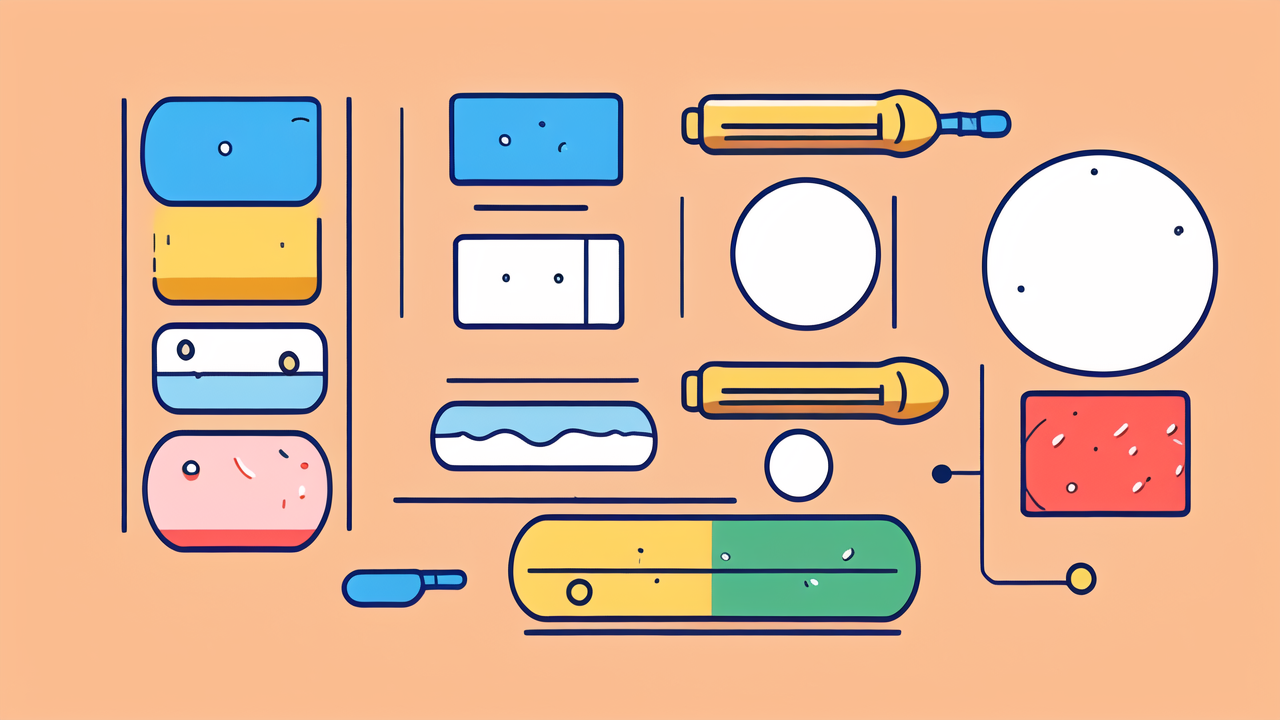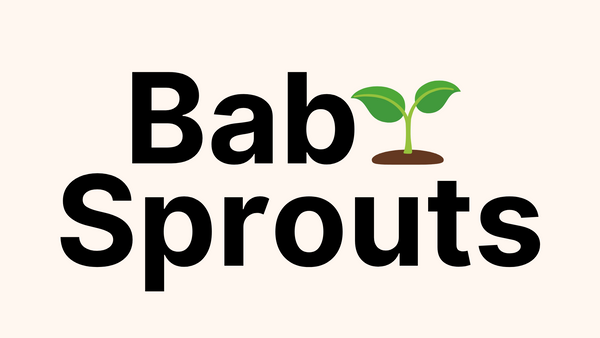
Dressing Your Baby in Comfort: Tees, Gloves, and Teething Solutions
How to Choose the Perfect Tee for Your Little One
Understanding the Fabric and Materials
When picking tees for your baby, fabric is key. Cotton is a top choice. It's soft, breathable, and gentle on sensitive skin. Look for organic cotton to avoid harsh chemicals. Bamboo is another great option. It's eco-friendly and naturally antimicrobial. Avoid synthetic materials like polyester. They can trap heat and irritate your baby's skin. Feel the fabric before buying. It should be soft and smooth. Check the label for any potential allergens. Remember, your baby's comfort is the top priority.

Seasonal Considerations for Babies
Dressing your baby for the season is crucial. In summer, opt for light, breathable fabrics. Short-sleeved onesies or rompers work well. For winter, layer up with long-sleeved bodysuits and warm sweaters. Spring and fall call for versatile clothes. Think light layers that you can add or remove. Always check the room temperature. Babies can't regulate their body heat well. Dress them in one more layer than you'd wear. Watch for signs of overheating like sweating or flushed cheeks. Adjust their clothing as needed.
Tips for Picking the Right Size and Fit
Choosing the right size can be tricky. Babies grow fast, so don't buy too many of one size. Look for adjustable features like expandable necklines. These allow for longer wear. Check size charts, but remember they're just a guide. Brands can vary. Allow some room for growth, but avoid overly baggy clothes. They can be a safety hazard. The fit should be snug but not tight. Watch for any red marks on your baby's skin. These could mean the clothing is too tight. Remember, comfort is key for your little one.
The Best Gloves and Teething Aids for Babies
Discovering the Top-Rated Baby Gloves
Baby gloves serve multiple purposes. They protect against scratching and keep tiny hands warm. Look for soft, breathable materials like cotton. Mittens with elastic or velcro closures stay on better. Some have built-in teething features. These can soothe sore gums. Anti-scratch mittens are great for newborns. They prevent accidental face scratches. For older babies, choose gloves with grips. These help them grab toys safely. Always check for loose threads or small parts. Safety should be your top priority when selecting baby gloves.

Finding Teething Solutions that Work for Your Child
Teething can be tough on babies and parents alike. The right aids can help ease discomfort. Teething rings are a classic choice. Look for ones with different textures. These can massage sore gums. Silicone teethers are safe and easy to clean. Some can be chilled for extra relief. Teething necklaces for mom to wear are trendy. They give baby something to chew on while being held. Avoid amber teething necklaces for safety reasons. Teething mittens combine hand protection with teething relief. Always supervise your baby when using any teething aid.
The Role of Fabric in Comfort and Safety
Fabric plays a crucial role in baby products. For gloves and teething aids, it's all about safety and comfort. Natural fibers like cotton are gentle on baby's skin. They're also breathable, preventing overheating. For teething aids, look for food-grade silicone. It's safe if baby puts it in their mouth. Avoid materials with harmful chemicals or dyes. Some fabrics have antimicrobial properties. These can help prevent the spread of germs. Always wash new items before use. This removes any residual chemicals from manufacturing. Remember, your baby's skin is sensitive. Choose fabrics that won't cause irritation or allergic reactions.
Creating a Comfortable Dressing Routine for Babies
Step-by-Step Guide to Dressing Your Baby
- Gather all items before starting. This includes clothes, diaper, and wipes.
- Ensure the room is warm. Babies can get cold quickly.
- Lay your baby on a flat, safe surface.
- Talk to your baby throughout. This keeps them calm and engaged.
- Start with the diaper. Make sure it's snug but not too tight.
- For tops, scrunch the fabric up. Gently guide it over baby's head.
- For arms, gently guide each one through the sleeves.
- For bottoms, bunch up the legs. Slide them over baby's feet first.
- Check for any tight spots or bunched fabric.
- Finish with socks or booties if needed.
Remember, patience is key. It gets easier with practice!

How to Adapt the Dressing Process as Your Baby Grows
As your baby grows, dressing becomes a new challenge. Newborns are fairly still. Older babies wiggle and roll. Start by letting them help. Guide their arms into sleeves. Encourage them to push their feet into pants. Make it fun with games or songs. Use distractions for wiggly babies. A toy can keep them occupied. Choose clothes that are easy to put on. Look for wide necks and snap closures. As they start to stand, try dressing them upright. This works well for pants and shoes. Be patient and stay positive. Praise their efforts to help. Remember, this is a learning process for both of you.
Maintaining Your Baby's Comfort and Well-being
Comfort is key to your baby's well-being. Check their clothing throughout the day. Look for signs of discomfort like fussiness or red marks. Adjust layers based on the temperature. Feel their chest or back to gauge warmth. Don't overdress for sleep. A sleep sack can be safer than loose blankets. Change wet or dirty clothes promptly. This prevents skin irritation. Use gentle, fragrance-free detergents for washing. Avoid fabric softeners that can irritate skin. Regularly check the fit of clothes and shoes. Babies grow fast! Remember, a comfortable baby is often a happy baby. Trust your instincts and respond to your baby's cues.
